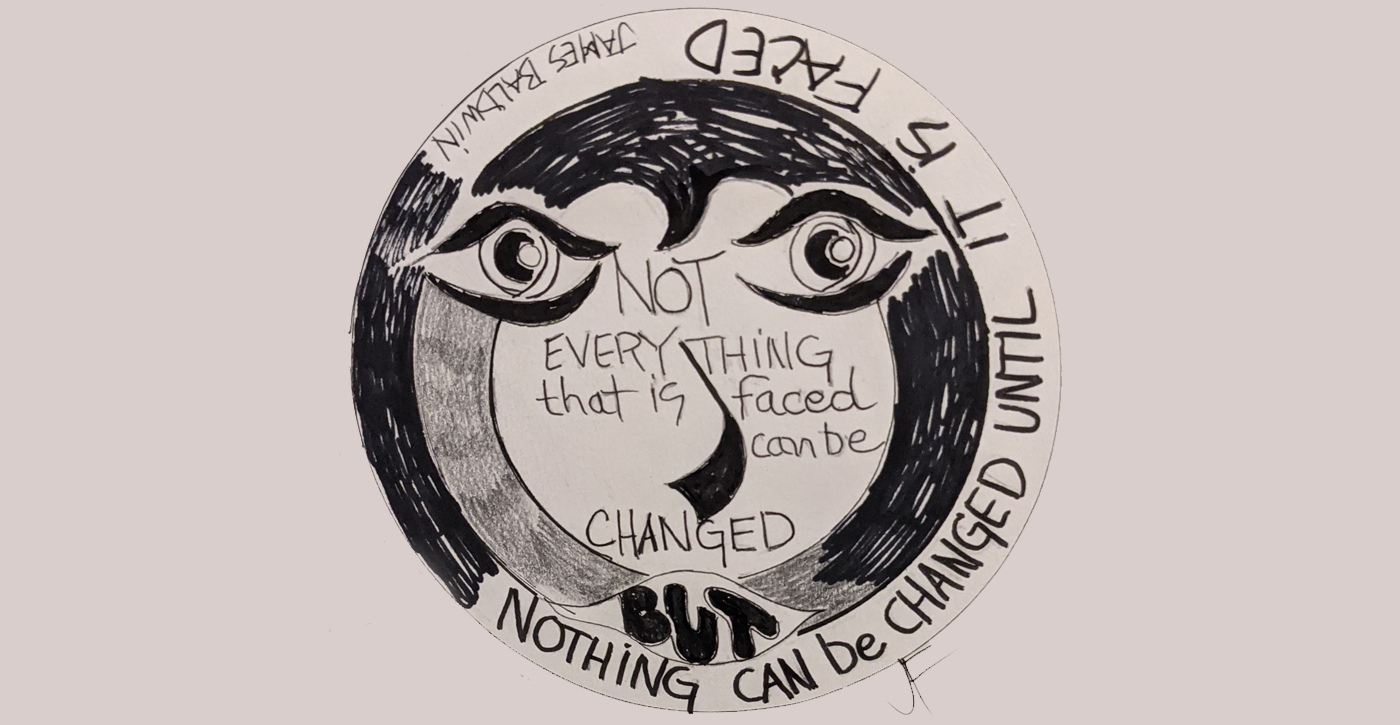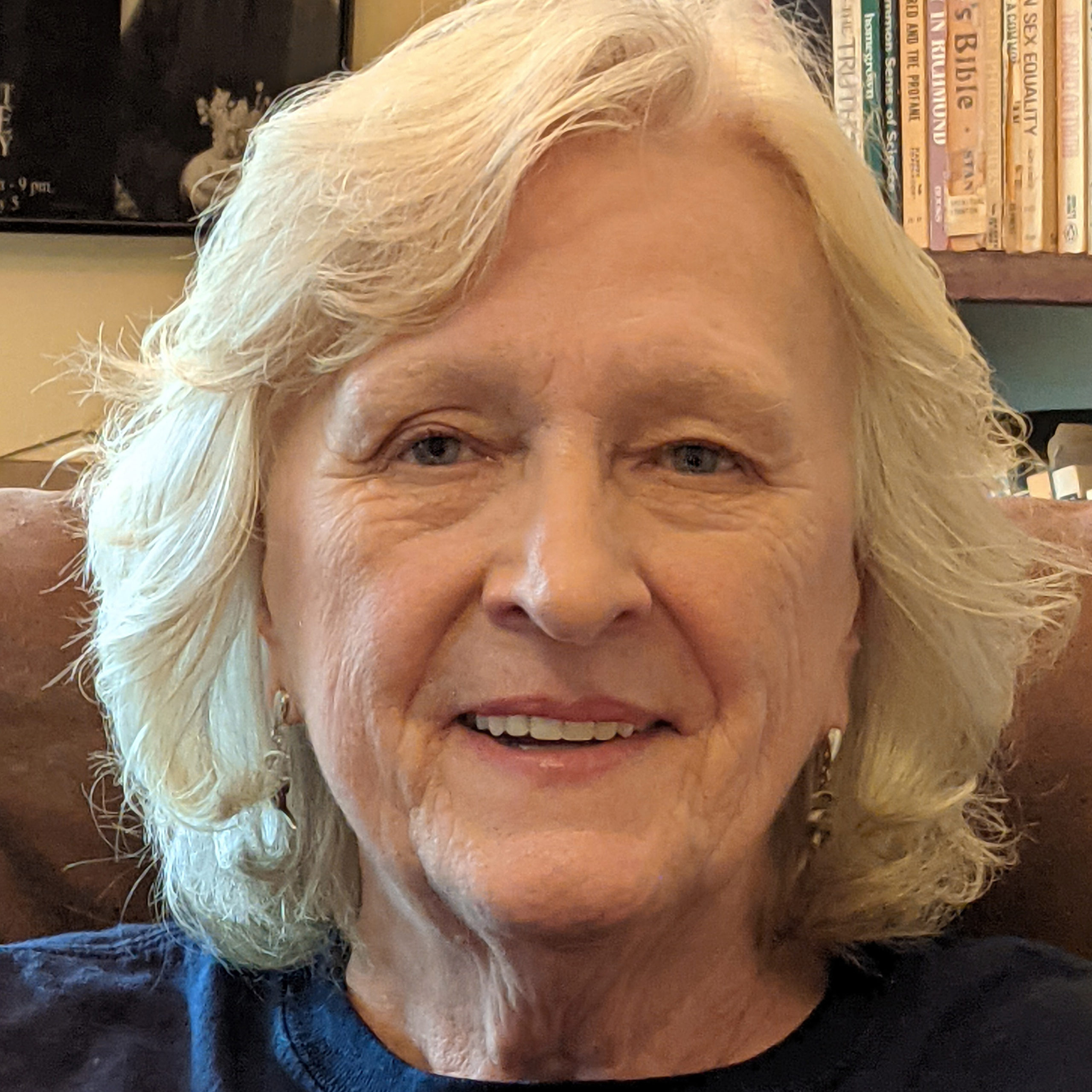Pneuma (πνεῦμα) is an ancient Greek word for "breath", and in a religious context for "spirit" or "soul".[1][2] It has various technical meanings for medical writers and philosophers of classical antiquity, particularly in regard to physiology, and is also used in Greek translations of ruach רוח in the Hebrew Bible, and in the Greek New Testament.
In classical philosophy, it is distinguishable from psyche (ψυχή), which originally meant "breath of life", but is regularly translated as "spirit" or most often "soul".[3]
Classical antiquity[edit]
Presocratics[edit]
Pneuma, "air in motion, breath, wind", is equivalent in the material monism of Anaximenes to aer (ἀήρ, "air") as the element from which all else originated. This usage is the earliest extant occurrence of the term in philosophy.[4] A quotation from Anaximenes observes that "just as our soul (psyche), being air (aer), holds us together, so do breath (pneuma) and air (aer) encompass the whole world." In this early usage, aer and pneuma are synonymous.[5]
Ancient Greek medical theory[edit]
In ancient Greek medicine, pneuma is the form of circulating air necessary for the systemic functioning of vital organs. It is the material that sustains consciousness in a body. According to Diocles and Praxagoras, the psychic pneuma mediates between the heart, regarded as the seat of Mind in some physiological theories of ancient medicine, and the brain.[6]
The disciples of Hippocrates explained the maintenance of vital heat to be the function of the breath within the organism. Around 300 BC, Praxagoras discovered the distinction between the arteries and the veins, although close studies of vascular anatomy had been ongoing since at least Diogenes of Apollonia. In the corpse arteries are empty; hence, in the light of these preconceptions they were declared to be vessels for conveying pneuma to the different parts of the body. A generation afterwards, Erasistratus made this the basis of a new theory of diseases and their treatment. The pneuma, inhaled from the outside air, rushes through the arteries till it reaches the various centres, especially the brain and the heart, and there causes thought and organic movement.[7]
Aristotle[edit]
The "connate pneuma" of Aristotle is the warm mobile "air" that in the sperm transmits the capacity for locomotion and certain sensations to the offspring. These movements derive from the soul of the parent and are embodied by the pneuma as a material substance in semen. Pneuma is necessary for life, and as in medical theory is involved with the "vital heat," but the Aristotelian pneuma is less precisely and thoroughly defined than that of the Stoics.[3]
Stoic pneuma[edit]
In Stoic philosophy, pneuma is the concept of the "breath of life," a mixture of the elements air (in motion) and fire (as warmth).[8] For the Stoics, pneuma is the active, generative principle that organizes both the individual and the cosmos.[9] In its highest form, pneuma constitutes the human soul (psychê), which is a fragment of the pneuma that is the soul of God (Zeus). As a force that structures matter, it exists even in inanimate objects.[10] In the foreword to his 1964 translation of Marcus Aurelius' Meditations, Maxwell Staniforth writes:
Cleanthes, wishing to give more explicit meaning to Zeno's 'creative fire', had been the first to hit upon the term pneuma, or 'spirit', to describe it. Like fire, this intelligent 'spirit' was imagined as a tenuous substance akin to a current of air or breath, but essentially possessing the quality of warmth; it was immanent in the universe as God, and in man as the soul and life-giving principle.[11]
Judaism and Christianity[edit]
![[icon]](https://upload.wikimedia.org/wikipedia/commons/thumb/1/1c/Wiki_letter_w_cropped.svg/20px-Wiki_letter_w_cropped.svg.png) | This section needs expansion. You can help by adding to it. (July 2011) |
In Judaic and Christian usage, pneuma is a common word for "spirit" in the Septuagint and the Greek New Testament. At John 3:5, for example, pneuma is the Greek word translated into English as "spirit": "Verily, verily, I say unto thee, Except a man be born of water and of the Spirit (pneuma), he cannot enter into the kingdom of God." In some translations such as the King James version, however, pneuma is then translated as "wind" in verse eight, followed by the rendering "Spirit": "The wind (pneuma) bloweth where it listeth, and thou hearest the sound thereof, but canst not tell whence it cometh, and whither it goeth: so is every one that is born of the Spirit (pneuma)."
Philo, a 1st-century Hellenistic Jewish philosopher, commented on the use of Πνοή, rather than πνευμα, in the Septuagint translation of Genesis 2:7. Philo explains that, in his view, pneuma is for the light breathing of human men while the stronger pnoē was used for the divine Spirit.[12]
See also[edit]
References[edit]
- ^ Entry πνεῦμα, in Liddell-Scott-Jones, A Greek–English Lexicon, online version.
- ^ See pp.190, 195, 205 of François, Alexandre (2008), "Semantic maps and the typology of colexification: Intertwining polysemous networks across languages", in Vanhove, Martine (ed.), From Polysemy to Semantic change: Towards a Typology of Lexical Semantic Associations, Studies in Language Companion Series, 106, Amsterdam, New York: Benjamins, pp. 163–215.
- ^ Jump up to:a b Furley, D.J. (1999). From Aristotle to Augustine. History of Philosophy. Routledge. p. 29. ISBN 978-0-415-06002-8. LCCN 98008543.
- ^ Silvia Benso, "The Breathing of the Air: Presocratic Echoes in Levinas," in Levinas and the Ancients (Indiana University Press, 2008), p. 13.
- ^ Benso, "The Breathing of the Air," p. 14.
- ^ Philip J. van der Eijk, "The Heart, the Brain, the Blood and the pneuma: Hippocrates, Diocles and Aristotle on the Location of Cognitive Processes," in Medicine and Philosophy in Classical Antiquity: Doctors and Philosophers on Nature, Soul, Health and Disease (Cambridge University Press, 2005), pp. 131–132 et passim. ISBN 0-521-81800-1
- ^
 One or more of the preceding sentences incorporates text from a publication now in the public domain: Hicks, Robert Drew (1911). "Stoics". In Chisholm, Hugh (ed.). Encyclopædia Britannica. 25 (11th ed.). Cambridge University Press. pp. 942–951.
One or more of the preceding sentences incorporates text from a publication now in the public domain: Hicks, Robert Drew (1911). "Stoics". In Chisholm, Hugh (ed.). Encyclopædia Britannica. 25 (11th ed.). Cambridge University Press. pp. 942–951. - ^ "Stoicism," Routledge Encyclopedia of Philosophy (Taylor & Francis, 1998), p. 145.
- ^ David Sedley, "Stoic Physics and Metaphysics," The Cambridge History of Hellenistic Philosophy, p. 388.
- ^ John Sellars, Stoicism (University of California Press, 2006), pp. 98-104.
- ^ Marcus Aurelius (1964). Meditations. London: Penguin Books. p. 25. ISBN 0-14044140-9.
- ^ Bromiley, Geoffrey William; Kittel, Gerhard (1967). Theological Dictionary of the New Testament. Wm. B. Eerdmans Publishing. ISBN 978-0-8028-2247-5.
External links[edit]
 The dictionary definition of pneuma at Wiktionary
The dictionary definition of pneuma at Wiktionary
Categories:
Concepts in ancient Greek metaphysics
Vitalism
New Testament Greek words and phrases
프뉴마(πνεύμα Pneuma[*])는 "숨 · 호흡"을 의미하는 고대 그리스어 단어이다.[1] 종교적 문맥에서 프네우마는 에센스(essence·스피릿), 영(spirit·스피릿·정신) 또는 영혼(soul)을 뜻한다. 이러한 일반적인 종교적 문맥의 의미 외에도 프네우마는 고대 철학자들과 의학자들에 의해 여러 다른 전문적인 의미로도 사용되었다.
철학 및 의학[편집]
종교적 문맥의 의미 외에 프네우마는 고대 철학자들과 의학자들에 의해 다음과 같은 여러 전문적인 의미로도 사용되었다.
- 운동 상태의 공기, 숨, 바람:
아낙시메네스가 만물의 근원이라고 생각한 "공기"(ἀήρ·aer·아에르·air)와 동일한 의미이다. 프네우마의 현존하는 용법 중 가장 오래된 것이다.
- 고대 서양 의학의 프네우마:
고대의 여러 서양 의학 저자들이 기술한, 생체 기관의 조직적 기능에 필수적인 순환하는 공기(air) 갈레노스
유대교와 기독교[편집]
유대교와 기독교에서 프네우마는 70인역 구약 성경과 그리스 신약 성경에서 일반적으로 "영(spirit)"을 의미하는 용법으로 사용되고 있다. 이외에 프네우마는 유대교 · 기독교 · 나스티시즘에서 다음과 같은 용법으로 사용되고 있다.
- 나스티시즘의 프네우마:
프네우마는 최고신의 에센스(essence, 스피릿)를 뜻한다.
NASB에서 프네우마는 숨(breath)의 의미로 3회, 하느님의 영 또는 성령(Spirit)의 의미로 241회, 영 또는 악령(spirit)의 의미로 101회, 악령들 또는 귀신들(spirits)의 의미로 32회, 영성(spiritual)의 의미로 1회, 바람(wind)의 의미로 1회, 바람들(winds)의 의미로 1회 번역되어 있다.[1]
같이 보기[편집]













